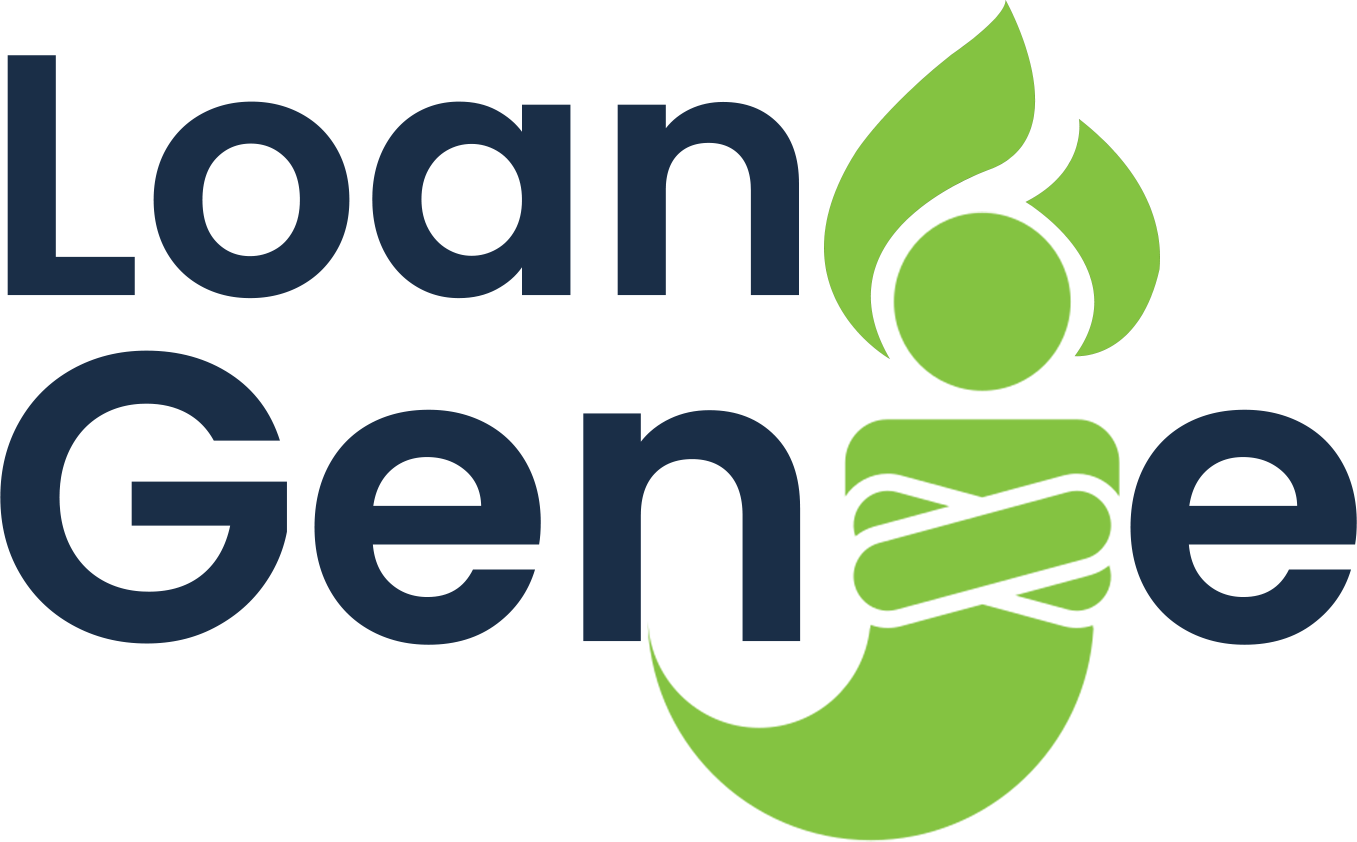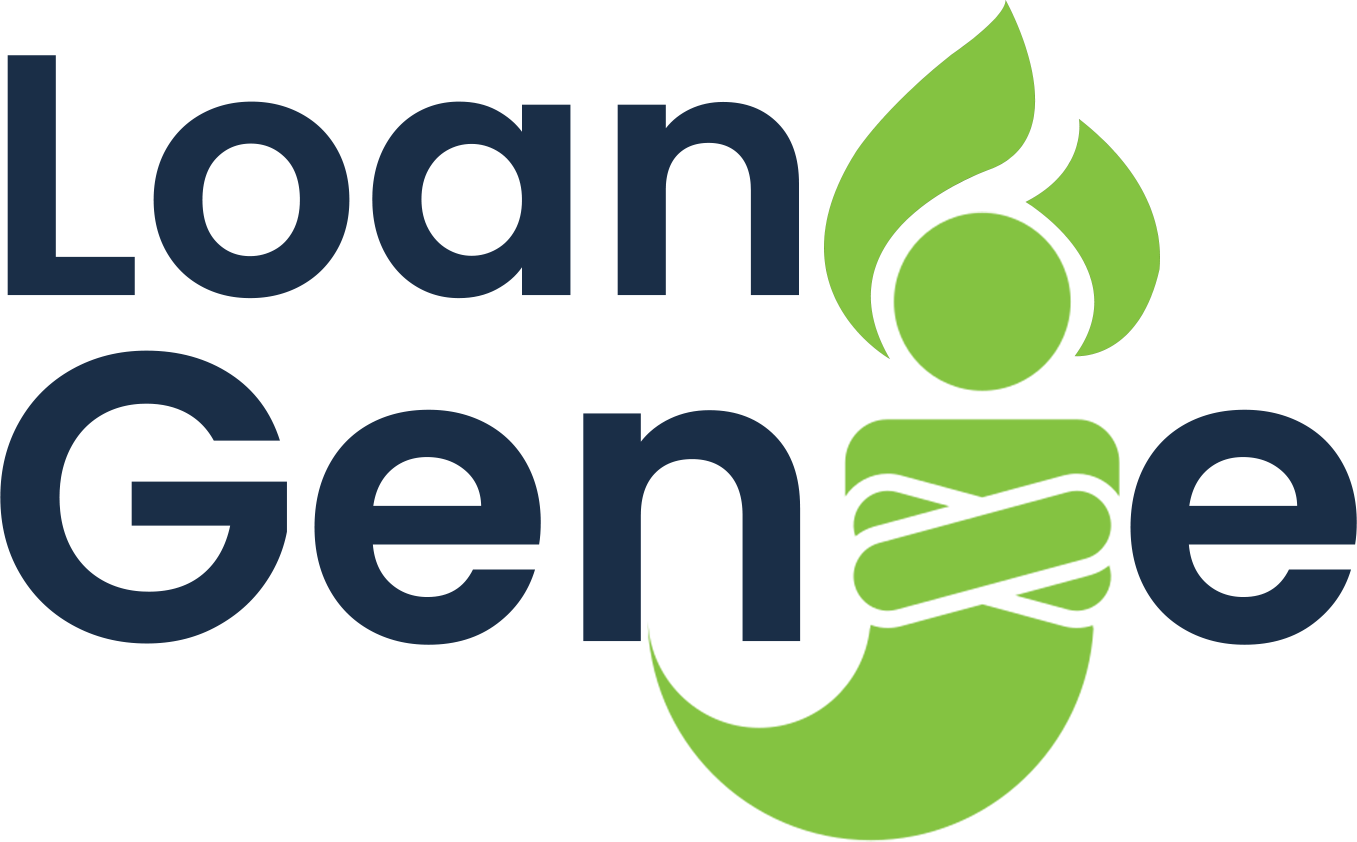Overdraft Loan
An overdraft is a credit feature offered by private and public sector banks that permits you to withdraw an amount as per your requirements. Borrowers can repay the withdrawn amount as per their convenience. The interest rate is charged only on the utilized amount from the total sanctioned limit.
Eligibility Criteria for availing Overdraft
The eligibility criteria for overdraft facility is mentioned below:
- Age Criteria: Minimum 21 years and maximum 65 years
- Bank Account: Applicant should have existing bank account with the respective bank
- Income Criteria: Depends on lender
- Good CIBIL or credit score shall be an added advantage
- Business existence: Varies from bank to bank
Documents Required
- Duly filled application form with Passport-sized photographs
- Identity Proof: Passport, Voter ID card, Driving License, PAN card, Aadhar card
- Address Proof: Utility Bills (Water/Electricity Bills), Passport, Driving License, Voter ID card
- Age Proof: Passport, Class X certificate
- Last 12 months’ bank statement
- Any other document required by the lender
Interest Rates – Fees & Charges
The interest rates, fees and charges vary from bank to bank and shall depend on the applicant’s profile and his/her relationship with the bank.
Features
- Overdraft account is a facility that can be availed by maintaining any bank account
- Several private sector banks are now offering this facility for both salary and savings account holders
- The money extension is granted on the basis of customer’s account value, repayment history or credit score
- It is short-term credit provided by the bank that needs to be paid within the stipulated time limit
- Credit amount or overdraft attracts interest for the time of use which can be from a couple of days to a few weeks
- Repayment tenure is decided by the bank and it has full authority over the account and its use
- As per the RBI regulations, current accounts and cash credit accounts are eligible for a maximum of Rs. 50,000 per week
Benefits
- Flexible use of cash in small portions
- Fulfils urgent cash crunch requirements
- Helps in managing the cash flow of business
- Interest is paid only on the utilized amount
- Less paperwork
- No collateral is required by banks/NBFCs
- Short-term borrowing – revises every year
What is the difference between a loan and an overdraft?
Ans. The main difference between a loan and an overdraft is that in loan the interest rate is paid in full on the total loan amount. Whereas, in case of overdraft the loan amount is paid only on the utilized amount from the total sanctioned limit.
Differences between Term Loan and Overdraft
| Term Loan | Overdraft |
| It’s a type of borrowed capital or funds | It’s a type of credit line facility |
| Interest rate is calculated on a monthly basis | Interest rate is calculated on a daily basis |
| Interest rate is charged over the loan amount | Interest rate is charged only on the utilized amount |
| Term loan can be availed to repay on time with added interest rates | Overdraft can be availed even if the account balance is zero |
| Loans can be repaid in long-term | Overdraft is availed for short-term |
| The rate of Interest is fixed or floating | The rate of interest is fixed for at least 12 months |
| Maintain a current account is not a mandate | Compulsory to maintain current account |
| Repayment type is in form of EMIs | Repayment in cash or from bank deposits |

